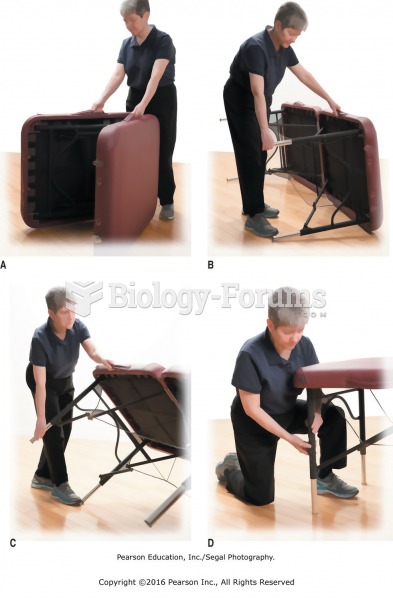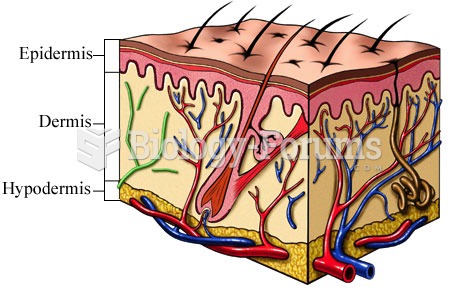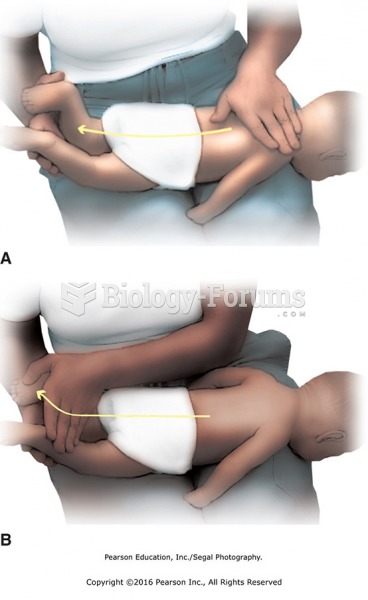|
|
|
Approximately 70% of expectant mothers report experiencing some symptoms of morning sickness during the first trimester of pregnancy.
In the United States, an estimated 50 million unnecessary antibiotics are prescribed for viral respiratory infections.
Egg cells are about the size of a grain of sand. They are formed inside of a female's ovaries before she is even born.
For high blood pressure (hypertension), a new class of drug, called a vasopeptidase blocker (inhibitor), has been developed. It decreases blood pressure by simultaneously dilating the peripheral arteries and increasing the body's loss of salt.
In most climates, 8 to 10 glasses of water per day is recommended for adults. The best indicator for adequate fluid intake is frequent, clear urination.
 The recent mass upheavals in Tunisia, Egypt, Libya, Yemen, and Syria gave political scientists a cha
The recent mass upheavals in Tunisia, Egypt, Libya, Yemen, and Syria gave political scientists a cha
 A. Open portable massage table on its side. B. Straighten out legs completely and check that leg ...
A. Open portable massage table on its side. B. Straighten out legs completely and check that leg ...





